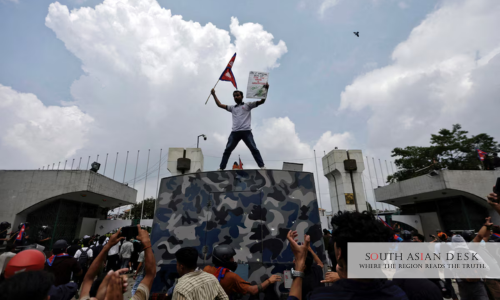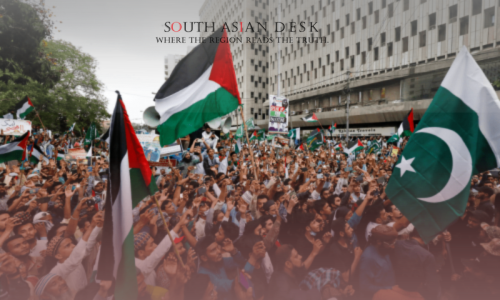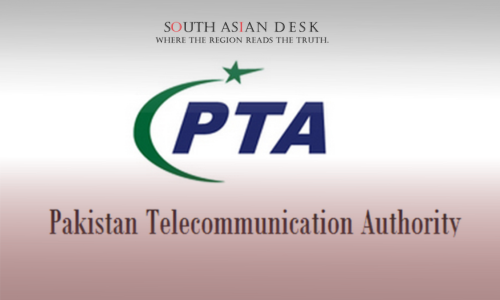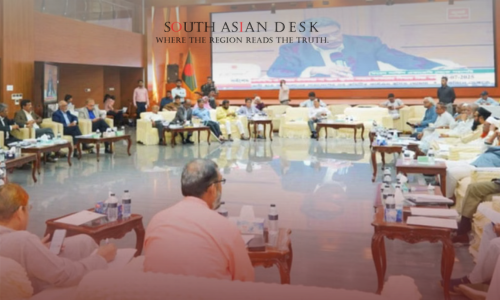In the wake of deadly clashes that claimed 74 lives, Nepal’s interim government announces a high-level panel to probe protest, raising hopes for accountability amid simmering youth discontent.
KATHMANDU: Nepal’s interim government on Monday, September 22, 2025, established a three-member panel to investigate the violence that erupted during anti-graft Nepal protests, resulting in 74 deaths and over 2,100 injuries. Led by former Chief Justice Sushila Karki, the administration aims to probe excesses by both protesters and security forces, as well as acts of arson and vandalism, following the unrest that forced the resignation of Prime Minister K.P. Sharma Oli earlier this month.
Why It Matters
The Nepal protest movement, driven by a frustrated Gen Z generation demanding an end to endemic corruption and job scarcity, underscores broader anxieties across South Asia. With youth unemployment soaring and governance scandals eroding public trust, similar uprisings could ripple into neighbouring countries like India and Bangladesh, where anti-corruption sentiments have long simmered. This probe offers a chance to restore stability, but failure to deliver justice risks further destabilising the region’s fragile democracies.
Nepal Protest Escalation Claims 74 Lives
The Nepal protests began peacefully on Tuesday, September 9, 2025, as young demonstrators rallied against a government-imposed ban on social media platforms and longstanding allegations of graft within the political elite. What started as calls for transparency and economic opportunity quickly spiralled into chaos, with crowds torching key government buildings in Kathmandu, including the Prime Minister’s office complex at Singha Durbar, the Supreme Court, and the Parliament building.
By Wednesday, September 10, 2025, the violence had intensified, with protesters targeting malls, luxury hotels, and showrooms believed to be owned by associates of corrupt officials. Security forces responded with force, leading to widespread clashes. Official figures confirm 74 people killed in the turmoil, including protesters, police officers, and bystanders caught in fires or confrontations. More than 2,100 individuals sustained injuries, overwhelming hospitals in the capital and beyond.
The death toll, initially reported at 51 on Friday, September 12, 2025, by police spokespersons, climbed steadily as recovery teams sifted through debris from burned structures. Health Ministry data, updated as of Sunday, September 14, 2025, pegged it at 72 before the latest revision to 74. Among the deceased were at least 21 protesters, three policemen, and others trapped in the inferno at government facilities.
Panel to Probe Protest: Composition and Mandate
In response to mounting pressure for accountability, the interim government unveiled the probe panel on Monday, September 22, 2025, at 11:00 AM local time. Headed by retired judge Gauri Bahadur Karki, a respected figure known for his integrity as former chairman of Nepal’s special court for corruption cases, the three-member body includes experts in law and public administration.
Rameshwore Khanal, the official in charge of the Finance Ministry, outlined the panel’s scope, stating: “It will investigate the loss of life and property during the protests, excesses by both sides and people involved in the acts of arson and vandalism during the movement.” The commission has a three-month deadline to submit its findings, with powers to summon witnesses and access records from the Home Ministry and Nepal Police.
Former Prime Minister K.P. Sharma Oli, who resigned amid the Nepal protest fury, welcomed the initiative via a social media post on Sunday, September 21, 2025. He asserted: “The protests were infiltrated by outsiders and police did not possess the type of weapons which were used to fire on the crowd,” adding that his administration had not authorised lethal force against demonstrators. Oli’s comments highlight ongoing debates over the origins of the firepower used during the clashes.
Background of Composition of Panel to Probe Protest
The Nepal protests trace their roots to deeper systemic issues plaguing the Himalayan nation since its 2008 transition to federal democracy. Widespread corruption, exemplified by scandals in public procurement and elite land grabs, has left youth unemployment at over 20 per cent, according to World Bank estimates from 2024. The trigger came with the government’s abrupt ban on 26 social media platforms on Monday, September 8, 2025, for failing to register with the Ministry of Communication and Information Technology—a move seen as an attempt to stifle dissent.
Gen Z activists, organised via Discord servers and Instagram, mobilised swiftly, chanting slogans like “enough is enough” and “end to corruption.” By Tuesday evening, the curfew imposed in Kathmandu failed to quell the crowds, leading to the storming of Singha Durbar. The Nepal Army was deployed on Wednesday, September 10, 2025, recovering over 100 looted firearms from the sites.
Sushila Karki, Nepal’s first female Prime Minister and a former Supreme Court Chief Justice renowned for her anti-corruption stance, assumed office on Friday, September 12, 2025. Her inauguration followed President Ram Chandra Paudel’s dissolution of the House of Representatives, paving the way for fresh elections on Wednesday, March 5, 2026. Karki has urged restraint, emphasising the need for “good governance and economic equality” in public addresses.
International observers, including UN Secretary-General António Guterres, condemned the violence, calling for a “thorough investigation” into allegations of disproportionate force by security personnel. The UN Human Rights Office reported “deeply worrying” claims of unnecessary shootings, while regional bodies like SAARC have monitored the spillover risks to border trade and migration.
Challenges Facing the Probe Panel
As the panel begins its work, questions linger over its independence and capacity to address root causes. Critics, including youth leaders from groups like Hami Nepal, argue that without prosecuting high-profile figures implicated in graft, the Nepal protest legacy could fuel renewed unrest. The commission must navigate politicised narratives, such as Oli’s infiltration claims, which police have partially corroborated by noting the recovery of automatic rifles not standard in their arsenal.
Moreover, the economic fallout from the Nepal protests remains stark: damages to infrastructure are estimated at NPR 5 billion (Nepalese Rupees), with looted prisons allowing 12,500 inmates to escape, complicating security further. Rebuilding trust will require transparent hearings and victim compensation, as pledged by the interim administration.
In a forward-looking note, the probe into the Nepal protest violence could mark a turning point, fostering reforms that curb corruption and empower the youth, or deepen divisions if perceived as a whitewash. With elections looming, the panel’s report, due by December 22, 2025, will shape Nepal’s path towards stability.
Published in SouthAsianDesk, September 22nd, 2025
Follow SouthAsianDesk on X, Instagram, and Facebook for insights on business and current affairs from across South Asia.






